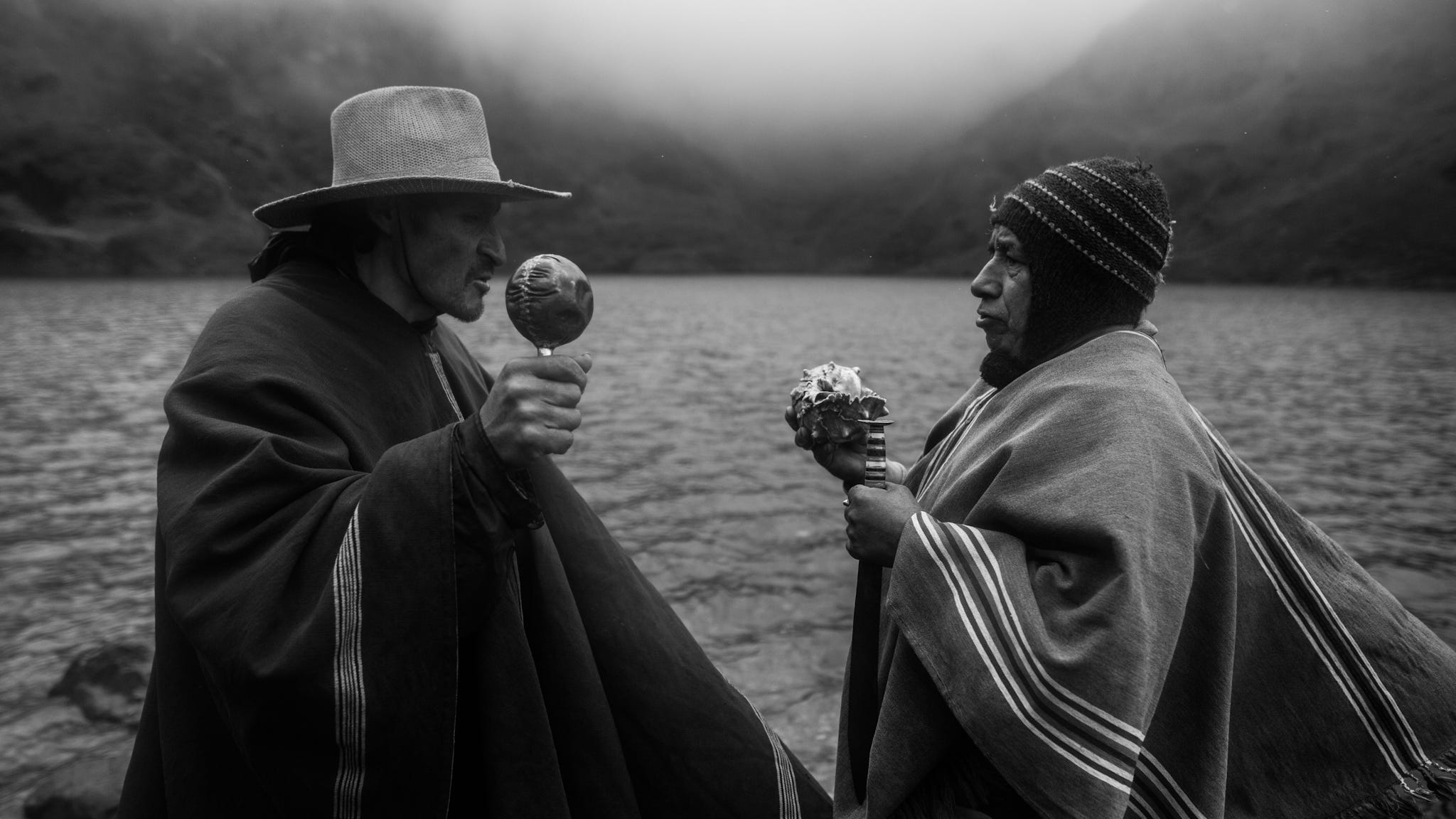Getting High on Cactus and Chasing Away Evil with the Shamans of the Black Lagoon
A photographer gets a rare chance to document Andean mystics who heal the sick with ancient rituals and hallucinogenic plants. The only catch: he has to partake, too.

Text by Sophie Brill
A fter photographer Sebastián Castañeda was offered San Pedro, a hallucinogenic cactus used by shamans to open a pathway between the conscious and the subconscious, he was startled when a pack of dogs nearby suddenly began to bark. “They see and feel the spirits,” healer Luis Zurita reassured him. “That’s why they bark.” This was the first of several nights Castañeda spent with Zurita, a thirty-year-old healer from Piura, a small city in northwestern Peru. Castañeda, a photojournalist from Lima, Peru’s capital, had traveled to meet Zurita and document his practice as a healer. He was drawn to the subject partly because of his ongoing desire to explore diverse traditions of faith across cultures, but also out of personal curiosity, having heard stories about the shamans’ healing powers. He hoped that a journey into the mountains might help him forget about the girlfriend he had recently broken up with (although he did not initially share this with the healer).
Keep reading with a 7-day free trial
Subscribe to Narratively to keep reading this post and get 7 days of free access to the full post archives.



